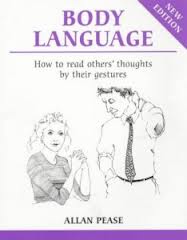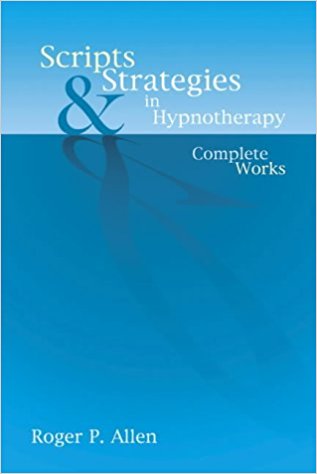 This book contains almost everything you need to know about body language. Learning about body language is very useful for any budding hypnotherapist. In order to provide good hypnotherapy, the ability to quickly gain trust and rapport is essential, and a good understanding of body language can really facilitate this. Learning about body language is also a great help for people in sales and business, in fact it is good for people who ever deal with people, which let’s face it is most of us.
This book contains almost everything you need to know about body language. Learning about body language is very useful for any budding hypnotherapist. In order to provide good hypnotherapy, the ability to quickly gain trust and rapport is essential, and a good understanding of body language can really facilitate this. Learning about body language is also a great help for people in sales and business, in fact it is good for people who ever deal with people, which let’s face it is most of us.
The effective use and understanding of body language can help us succeed in most areas of life. It can help us to gain a partner, get that promotion or new job, establish a business deal, and gain more friends. An ability to use body language to our advantage can massively improve the quality of our lives.
This book is so clear and well written that it is difficult to criticize it in any way. Apparently Allan Pease did 10 years of research before writing this book. Although there were many studies on body language at the time of writing this book, they were quite academic, complicated, and inaccessible for many. Allan takes this potentially complicated subject area, and turns it into something clear and easy to digest.
Refreshingly he does not claim that these methods are 100% watertight. He acknowledges that things such as context should be taken into account. For example a person with legs and arms crossed might be disinterested or negative, or they might simply be cold.
There is also a part I found particularly interesting where Allan compares the body language of people of different ages. When telling a lie, a 5 year old child may cover their mouth with both hands. A teenager might more subtly rub around their mouths. An older adult may just briefly touch their mouth or nose. Generally the older and more sophisticated a person is, the more subtle their body language becomes.
Another interesting rule I learned from this book is that where a persons’ feet are pointing is very important. If for example you are talking to someone and there feet are pointing to the exit, then they probably want to leave the room. Also if a person of the opposite sex is talking to a friend but their feet are pointing towards you, then it could be that they are interested in you romantically.
This book has many interesting chapters that you might expect, such as eye signals and courtship gestures. It also contains a very interesting chapter on desk, tables and seating arrangements. For example facing each other directly at the opposite sites of a desk can be quite intimidating and threatening. Sitting round a corner from each other allows limited eye contact – enough to be friendly, but not too much as to be threatening.
There is also a chapter on ‘Power Plays’ that takes unusual things such as chair height into consideration. A chair with a very high back is symbolic of power and status, which is probably why Kings and Queens thrones have been built like this for hundreds of years.
The final chapter ‘Putting It All Together’ does just that. It provides several illustrations of scenes involving two or more people. It then talks about what is going on in these people’s minds based on most of the techniques described in the book. This is great for learning to apply the information, and helping it to stick in your mind. It can also help jog your memory of real social situations you might have experienced in the past, and how people reacted.
This book contains no superfluous waffle. It is concise and to the point, and the text is also broken up by a lot of illustrations that are black line drawings. This makes digesting the information a lot easier than it could be. Quite simply it is a joy to read as you learn useful information so easily. I may be being a bit picky by saying that the illustrations might be better if they were photographs of real people instead of line drawings. However the line drawings are good enough to illustrate the points being made.
So in summary, if you want to learn more about body language then I strongly recommend this book. It takes you well beyond the basics, and provides a firm foundation for you to continue studying by observing people in every day situations. It is quite simple to follow, and contains very little ‘fluff’ that wastes your time.

